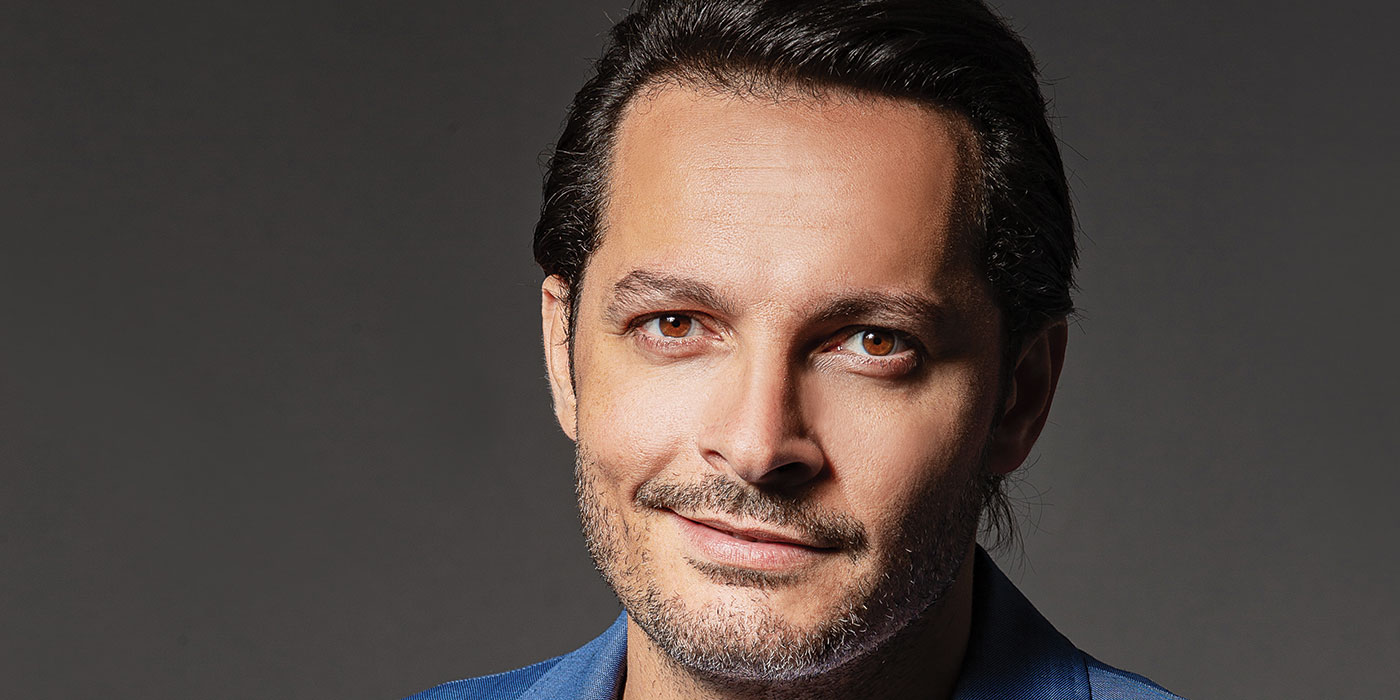
How can OOH work with other media?
The broad reach and high frequency of OOH is effective for brands, both in creating brand awareness and providing a strong call to action with consumers. OOH complements other media channels and increases overall media performance. OOH ads bring a sense of hyper-locality that gives those ‘aha’ moments to people. It allows a digital community to feel connected in a physical way.
When paired with mobile, the ubiquity of OOH ads provides tech brands with a catalyst to drive immediate consumer action. Nielsen recently reported that OOH ads spur 38 per cent of users to either visit a Facebook page or engage with a brand on Facebook within six months of seeing an ad. And 46 per cent of users searched for brand information after viewing an OOH ad. Building on this strength, companies should make OOH a key pillar in their integrated strategy to complement mobile, social, retail and other channels.
How is client demand changing?
Thanks to the rapidly increasing digitisation of the OOH medium, consumer expectations for responsive experiences and an explosion of location data, advertisers and media agencies are fundamentally changing their perception of OOH advertising. With the deployment of IP-enabled digital screens in public spaces, the state of affairs is changing. Those screens present an opportunity not just to show advertising, but to deliver various forms of content. Some leading OOH companies are starting to do just that: delivering utility content – such as transit updates, weather and news – that informs consumers on their daily journeys; local content such as trending places, fun facts and upcoming local events; cultural content such as art collections, poetry and local history; seasonal content oriented around heritage months or holidays; and even premium entertainment content.
Is the definition of OOH changing?
I believe with the introduction of 5G, the OOH medium is going to change drastically forever. A more connected media landscape provides innumerable advantages for marketers, but more connections means more complexity, making it even more important to create campaigns that stand out and resonate with their audiences through engaging content that is scalable and translates across mediums.
The size, prominence and relative permanence of OOH give marketers the opportunity to have a highly visible campaign cornerstone that can connect video, experiential marketing, social media activation and mobile targeting all together.
OOH will serve as both a visual anchor and a physical node for connectivity to deliver more engaging content. In environments where full motion video is permitted, marketers and advertisers can use digital OOH to engage and entertain while leveraging the increased connectivity to provide companion experiences, interactivity or paths for action.
Where are the biggest opportunities for growth?
It’s a given nowadays that DOOH holds the biggest growth opportunities for the OOH medium. According to Warc, digital OOH is expected to grow 10 per cent a year between 2018 and 2021. And the digital share of total OOH spend reached 37 per cent in 2018. Alongside the growing penetration of digital sites, growth in the value of DOOH spending is being driven by the higher cost-per-thousand impressions (CPM) the format commands.
What changes are you seeing from the supplier side?
There isn’t that much change on the supplier side. However, new technologies and formats are being introduced every day, which unlocks more opportunities to be creative and deliver more meaningful and impactful brand stories.









